Searching for Cyrus: Part IV
As unrest grows in Iran the regime has begun to fall back on Ancient Persia as a source of national pride.

After exploring Kermanshah we were keen to travel further into the mountains so the manager of our hostel suggested a homestay in a small village a few hours north. We made arrangements and the next day we were picked up by our new host – a soft spoken and very neatly dressed Kurdish Iranian named Azad Moradi who runs a guesthouse in the tiny town of Satiari. Before we set off Azad showed us short videos of his village and his new son who was only nine months old and just learning that he had born into a family of singing. On the drive over I remember thinking that Azad had a strange relationship with risk. On the one hand he had little foam bricks taped to the doors of his car to prevent scratches but on the other hand he breezily overtook trucks at 120kmph in heavy rain. The two hour trip to Satiari was a bit hair-raising but it gave us our first look at the higher reaches of the Zagros range. We also had tea with Azad’s family in the nearby town of Paveh and Amy quizzed his mother with questions that Google somehow translated from English to the local dialect of Kurdish.
By mid afternoon we’d made it to Satiari where we hauled our backpacks up to an old guesthouse set into a steep hillside. The town itself formed a sort of natural, west-facing, amphitheatre and each morning the sunrise would slowly light up the opposing hillside.
On our first morning in the village Azad’s brother, the even more handsome Rashad, turned up to join us for an excursion. Azad’s limited English (and our lack of phone reception) made the details of this trip a bit of mystery – one that deepened when Rashad fetched a large, blanket-covered, object. Underneath the blanket were two timber cages with a small round bird in each one. From what we could gather these were a local species of partridge that was hunted for sport. The captive birds are used to bring the wild ones out of hiding.
From what I understood Azad had studied tourism in Tehran and he ran his guesthouse as a sustainable ‘eco-lodge’ and so it surprised me when he said ‘I like shooting kebeg…’
To which I thought ‘Oh well. That’s a bit disappointing but everyone needs their hobbies’. And then I realised he was still searching for the right words to end his sentence.
‘…has stopped’ he clarified. Indeed this excursion turned out to be part of the package that he offered – a chance to experience typical Kurdish recreational activities – minus the bloodshed.
With Azad leading the way we took our captive kebegs up into the mountains. We had a picnic by a stream and we followed Azad’s lead by drinking our tea through a sugar cube held between the teeth. Meanwhile I took about a hundred blurry photos of kestrels darting in and out of the cliffs nearby. Further on up the track we spooked one of Iran’s magnificent golden eagles which was nested underneath the ridge line we were following. I watched it take flight and glide off into the valley. On the upper slops of the mountain we gathered loose rocks and built a little bird hide so that we could watch and wait for our captive kebegs to summon their wild cousins. To cap off the day we had another little picnic in the valley with a family of herders who had either been tipped off to our arrival or they simply went out every day in their Sunday best. The next day I woke up before dawn so that I could to hike back to rejoin Amy at Paveh. This hike turned out to be a lot longer somewhat sketchier than I expected because the route was iced over and the descent required a bit of (un)controlled sliding.
From Satiari we tagged along with a young Iranian couple who were taking a road trip through the mountains. From the backseat of their car we experienced more dizzying switchbacks and hairpin turns as we travelled over the mountain passes to the lakeside town of Marivan. Our new friends were members of their local mountaineering club and they were quietly amused at how impressed we were by the view from the road.
On the drive out of Marivan we were forced to stop at a military checkpoint. An Iranian officer with mirrored sunglasses and a very sour attitude demanded to know who we were and where we’d come from. Our two new friends handled the situation with practised ease – offering smiles and dried mulberries to the soldiers searching the car. Nobody asked for money but it became a little tense once it became apparent that the officer was looking through my passport for an entry stamp that wasn’t there. In the end we were sent on our way – duly reminded that, as friendly as the average Iranian is, the country itself is still a police state.
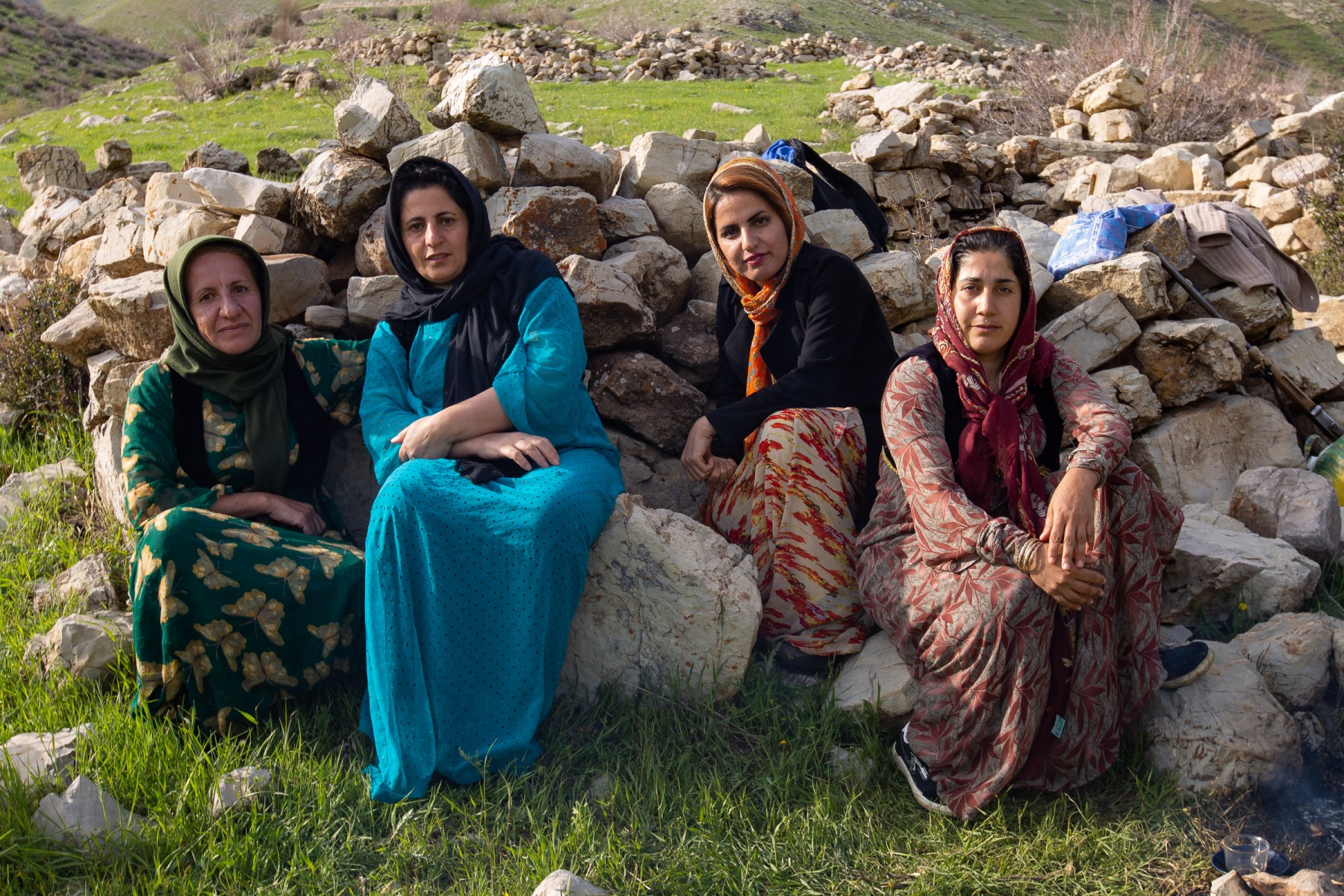
Nowhere is this more true than in the western stretches of the Zagros mountains. This region of Iran, informally known an Iranian Kurdistan, was heavily militarised under the Shahs and it has remained so under the Ayatollahs. Fear of Kurdish separatism runs deep amongst the ruling class in Iran, Iraq, Turkey and Syria and there’s really not much the Kurdish community can do or say to reassure their governing authorities that they just want to get on with life. At various points in the last century Kurdish independence movements have staged uprisings on their own or been spurred to act by foreign powers as part of some wider geopolitical gambit. The timeline of failed bids for freedom and bloody betrayals by foreign powers extends way back into the distant past era and this history of unrest has allowed state authorities to use the Kurds as scapegoats for political turmoil. Iranian Kurds constitute a sizeable minority population but, unlike most of Iran’s other ethnic groups, the Kurds are predominately Sunni muslims and they maintain a very distinct culture, language and style of dress. Iranian Kurds were persecuted under the Qajars and the Pahlavis and the Islamic Republic has been no exception.
In 1979 Sunni Kurds boycotted the referendum that brought Khomeini to power and Kurdish militant groups declared their independence from the new Islamic Republic. The Iranian authorities came down hard on this separatist movement – waging a campaign of terror that wiped out entire villages and claimed thousands of lives. Ayatollah Khalkhali – the same mullah who had threatened to destroy Persepolis – presided over the summary trials and execution of more than a thousand Kurdish political prisoners. One of the most famous images from the revolution, taken by photographer Jahangir Razmi, depicts a group of alleged rebels at their moment of execution. Their trial had lasted just thirty minutes.

The cycle of repression and uprising has continued to this day. In fact it was a young Kurdish woman, Jina Amini, whose death in police custody became the inciting incident for widespread protests which swept across the country in 2022. In September of that year Jina was visiting family in Tehran when she was arrested by Iran’s Morality Police. They claimed that she was wearing tight jeans and that her headscarf was not fitted correctly. What occurred following her arrest has been the subject of intense speculation but the evidence suggests Jina was badly beaten at some point during her arrest and that she later died of a cerbral hemorrhage.
Jina’s murder was only the latest outrage against women inflicted by the country’s security services – a final straw in a veritable haystack of final straws. Jina’s immediate family were intimidated into silence but one of her cousins, who lived across the border in Iraq, loudly protested the killing online using a slogan first conceived by the Kurdish National Liberation Movement in Turkey. Thus ‘Women, Life, Freedom’ became a rallying cry for protestors across the country and, for several months, Iranian cities ground to a halt amid mass demonstrations calling for and end to the mandatory hijab laws and an end to the impunity of the regime’s Morality Police. Hundreds of protestors were killed across the country over the following months and thousands of young Iranians were arrested and imprisoned.
Ecbatana/Hamadan
From the scenic town of Marivan we travelled to Hamadan – another ancient city which was once capital of the even earlier Median empire which straddled what is now Turkey, Iraq and Iran. Then known as Ecbatana the city was the Median capital during the 6th and 7th centuries BC. Their last king, Astyages, ruled in alliance with two very famous names from the ancient world – Croesus of Lydia and Nebuchadnezzar of Babylon*. Astyages was overthrown by Cyrus in 550 B.C. and the kings of Lydia and Babylon followed soon after. Inspired by the coins minted in Lydia Cyrus began producing his own gold and silver coins which were further standardised under Darius. Continuing a long tradition of depicting the King as a master hunter both the gold ‘Daric’ and the silver ‘Sigloi’ feature an archer poised to release an arrow.
These coins found their way to every corner of the empire and beyond – becoming the means by which the Achaemenid emperors exerted their power and influence. After the failure of Darius’ invasion of Greece and Xerxes’ rampage in 480 B.C. the Persian strategy shifted to more underhanded campaigns of diplomacy and bribery – designed to pit the various Greek city states against one another. This proved to be a very effective strategy. When the Spartan king Agesilaus II was recalled to his homeland during the Corinthian war he slyly confessed that he had been driven out of Asia by ‘ten thousand archers’.

While staying in Hamadan, Amy and I visited the sprawling archaeological dig on Hagmatana Hill where the ruins of an ancient Median citadel are buried under the ruins of a later Achaemenid palace. Not a lot is known about the Medians but it’s clear from the archeological evidence that they didn’t get along with their neighbours. When city planners in Hamadan cleared space on Hagmatana Hill for a major roadway in the 1950s they had to cut through the ruins of a defensive mud brick wall three meters high and thirteen meters thick. Which seems excessive for the age of gunpowder – let alone the age of bronze spearheads.
The dig at Ecbatana also turned up some Achaemenid artefacts – including a tiny gold tablet that, much like the inscription in Behistun, conveniently placed Darius I within the family tree of Cyrus the Great. Careful examination revealed that this inscription was a forgery by one of Darius’s descendants (probably Artaxerxes II) who was, apparently, still trying to shore up his legitimacy two centuries after the fact by retconning his family history.
All this dynastic posturing was rendered meaningless only a few decades later when Alexander went on the warpath. In just three short years Alexander managed to retake the entire coastline of Asia minor, conquer Egypt and overthrow the Achaemenids. His campaign across Persia was not without setbacks however. In 324 B.C. Alexander’s lifelong companion Hephaestion, became gravely ill while the army was garrisoned at Ecbatana. Hephaestion was brought to the priests at the local healing temple – the asclepia – but there was nothing they could do. Hephaestion died and, in his grief and anger, Alexander ordered the destruction of the temple.
Centuries later, during the Islamic Golden Age, the city, which had become known as Hamadan, became a centre for the study of medical science. The city’s most famous scholar was the Persian medical theorist and mathematician Ibn Sina – known in the West as ‘Avicenna’. His tomb occupies a large traffic island near the centre of the city and it features a spindly looking tower held up by twelve pillars which represent the various disciplines mastered by Ibn Sina. This was the man who, among many other things, codified the practise of quarantining the sick to stop the spread of infectious disease. Ibn Sina believed that the sick could transmit certain illnesses via their breath. To prevent these diseases from spreading he recommended that those afflicted isolate themselves for forty days. This procedure – labelled al-Arba’iniya (lit. ‘the forty’ in Arabic) was introduced to Europe via Venetian traders where it became ‘quaranta’ and, eventually, ‘quarantine’. Little did we know, in 2019, that we were all going to become very familiar with his procedure.
The residents of Hamadan also claim that their city is the resting place of the biblical Esther and Mordecai – two characters from a very melodramatic section of the Old Testament. As the story goes a young Jewish orphan named Esther was chosen to be the consort for the Emperor Xerxes. But soon after joining the royal household she discovered that the emperor’s advisor was plotting to murder her cousin Mordecai and carry out a pogrom against the Jewish population. Risking death, Esther managed to charm Xerxes and turn the tables – convincing the emperor to execute his scheming advisor and grant immunity to Persia’s Jews. Sadly there’s no historical evidence for either Esther or her cousin but the fact that public opinion favours this myth does reflect the weird love/hate relationship that many Iranians have with Judaism. Patriotic Iranians who know their ancient history appreciate the mutual admiration for Cyrus in both Persian and Jewish sources1. On the other hand most Iranians are appalled at the savage treatment of Palestinians by the Israeli state and the constant warmongering of Israeli politicians.
Within Iran the remnant Jewish population (estimated to be between fifteen and twenty thousand people) are often treated as second class citizens but they are, technically, protected by the constitution of the Islamic Republic and they have their own representative in Iran’s parliament.
These days Hamadan is a bustling provincial capital inhabited by half a million people. The centre of the city – with its wide pedestrian boulevards – feels different to other Iranian cities2 but the giant murals to the martyrs of the Iran-Iraq war provide reassurance that you’re still in Iran. Admittedly the murals in Hamadan were better than most. Most were very colourful and stylish and some of the portraits rendered their subjects in dot-matrix style points and lines.
The most surprising discovery I made in Hamadan was at a flea market where I got a surprising jolt of homesickness. In amongst the surplus band merch and corporate swag (which had presumably found its way to Iran via donations bins in the West) I came across a St Kilda Football Club cap and a t-shirt promoting Headspace – an Australian mental health service. Matt and Claire had parted ways with us by this point so I didn’t get to ask Matt how he felt about the ‘Hillary 2016’ shirt and the road not taken.
The Holy City of Qom
Visiting ruins and squinting at banknotes can only tell you so much about how the Islamic’s Republic relates to Iran’s ancient history. To understand the current state of affairs in Iran you have to try to get inside the heads of the mullahs.
The best place to do that would be by visiting Qom. The heartland of the Iranian Islamism and the seat of Iran’s Supreme Council of the Cultural Revolution. Qom city, less than 200kms south of Tehran, was where a young Ruholla Khomeini studied to be an Islamic Jurist. This was the city from which he’d first voiced his opposition to the Shah’s ’White Revolution’ which, among other things, gave women the right to vote and extended compulsory education to both boys and girls. These measures were considered a threat to the more conservative religious elements of Iranian society and Khomeini took it upon himself to be their spokesperson. Khomeini’s arrest in 1963 led to a brief but intense uprising in which hundreds of protestors were killed by the Shah’s security forces. Fifteen years later Qom was again the centre of a religious backlash against the Pahlavi regime when a slanderous article directed at Khomeini triggered riots which snowballed into a year-long series of rallies, strikes and street violence.
We didn’t make it as far as Qom but we did stay a for a couple of days in the nearby city of Kashan which is another prominent destination for Shia pilgrims. By this point in our journey I was becoming very familiar with Iran’s Supreme Leaders. Their portraits gazed down at us from behind the counter of virtually every business and occupied the walls of every bus station and government office. I very quickly learnt how to distinguish between Ruhollah Khomeini (who looks like a bearded Sean Connery) and his successor, Ali Khamenei (who looks like a bearded David Letterman). Displaying portraits of one or both of these men is not officially mandated but it is expected. For those short on wall space there are lenticular prints – which display Khomeini when you look at them from the left and Khamenei when you look at them from the right.
So how did these very uptight and very self-righteous Shia clerics end up in charge of Iran? As far as I can tell Khomeini ended up on the top of the heap because he had cached an enormous amount of street cred for his longstanding opposition to the Shah’s regime. Other public figures who might have been in a position to take the reins had been tarnished by years spent in the bullpen of Iranian domestic politics. As an outsider, Khomeini was able to cultivate an air of ideological and spiritual purity by staying above the fray and speaking his mind. Typically, his sermons had been recored on cassette and smuggled into the country. When the Shah fled Iran in 1979 Khomeini returned from exile and promised to govern in some sort of coalition with the more secular factions of the opposition . But the ongoing political chaos, the seizure of the US embassy by radical students and the surprise invasion by Iraq prompted Khomeini and his followers to take a more dictatorial approach.
Khomeini was able to consolidate power because he could rely on a ready-made network of revolutionary clerics and lay followers who knew how to organise and how to get their message out. As Abbas Amanat wrote in his history of Iran:
“This was a Qom-based style of rule because it was grounded in centuries of madrasa solidarity and decades of isolation from sources of political power, a world steeped in inner rivalries and factionalism but also unified against the common enemy of Pahlavi secularity. Qom was as much a physical space as it was a mental state, a complex and multifaceted labyrinth with its own moral economy based on the madrasas’ frugal life and the clergy’s connection with the larger community of believers through mosques, shrines, sermons, and the Moharram mourning ritual. This was the culture now projected onto the larger political stage.”
Within a year of the Shah’s departure Iran’s interim government was sidelined in favour of religious hardliners who cracked down on any moderate or left wing political figures (whether religious or secular). By refusing to step in to defend the government the Iranian military effectively ceded control to Khomeini and his Revolutionary Council. Ultimately the people of Iran experienced a literal revolution – a full turn of the wheel from one authoritarian regime to another and, over the following months and years, tens of thousands of middle-class Iranians followed the Shah into self-imposed exile.
Once he had consolidated power Khomeini wasted no time before launching his own ‘cultural revolution’ – taking over the state media and purging thousands of staff from universities and research institutions. Following clashes between secular and more radical students the entire university system in Iran was shut down for three years. Meanwhile the soccer field at Tehran University was coopted by the mullahs and used as the gathering place for Friday Prayers. One of the first imams nominated by Khomeini to lead these mass prayer rallies was another young cleric from Qom named Ali Khamenei. According to Abbas Amanat:
“…every week thousands of supporters of the regime occupied the Tehran University’s soccer field at the center of the campus to set Friday congregational prayers. The symbolic gesture, complete with the leader of the prayer delivering hellfire sermons (khotbeh) with a G3 rifle in hand, denouncing domestic and foreign enemies of Islam, was meant to underscore the regime’s Islamic sovereignty in a venerable center of educational modernity. As if a ritual, the audience responded with salutes to the Prophet and his progeny followed by “death to America,” “death to idol worshippers,” “death to hypocrites”—and death to other flavors of the week.”
Iran’s Cultural Revolution
So how did the revolution impact the way history was taught to Iranians? Well, as you might imagine, Iran’s educational system underwent a massive overhaul in the wake of the revolution. Mandatory ‘Islamic’ education was shoe-horned into the curriculum at every level and textbooks were revised and rewritten to place greater emphasis on Shia theology. ‘Persianness’ was de-emphasised in favour of a pan-Islamic worldview which placed a greater emphasis on arabic traditions and Islamic holidays. Even characters in elementary school textbooks were given arabic names instead of traditional Persian names – thus Dara and Sara became Amin and Akram.
History and social studies textbooks were also revised. The medieval poet Ferdowsi, with all his stories of ancient kings, was relegated in favour of the teachings of Shia imams. Meanwhile the focus of classroom discussions shifted from ancient history to more contemporary issues of social justice – like the Palestinian struggle against Israeli oppression.
But the Achaemenids and the Sassanids weren’t completely written out of Iranian textbooks. Instead the mullahs took a page from their Soviet neighbours and reframed the ancient world in terms of the class conflict between the downtrodden peasantry and their predatory imperial overlords. As Leila Papoli-Yazdi and Maryam Dezhamkhooy wrote in their book on the connections between archeology and nationalism in Iran “The new generation of politicians after the revolution tried to show the dark side of a political concept: monarchy.” By doing so they hoped to portray Iran’s ancient past as ‘negative heritage’ – a cautionary tale for a new generation of Iranian students. As Papoli-Yazdi and Dezhamkhooy sketched out in their comparative study on Iranian education.
“In the Pahlavi era pre-Islamic history focused on the benevolence of the kings, their compassion for the defeated people, their promotion of liberty, and their respect for other religions. In the Islamic Republican social studies textbooks there is no glamor or glory in accounts of early Iranian states. What is stressed is the inequality in society and the tyranny of the kings. The new textbooks particularly emphasize injustice and inequality under the Sassanians, the last dynasty before the victory of Islamic forces.”
What’s perhaps more surprising about Iran’s cultural revolution is that Khomeini did not take the opportunity to roll back access to education for Iranian women. Iranian women – both religious and secular – had been pivotal to the success of the revolution and Khomeini had personally appealed to women to take to the streets to oppose the Shah. Likewise, during the war with Iraq, the Islamic Republic had, by necessity, encouraged women to contribute to the war effort by volunteering for paramilitary groups and by taking on positions left vacant by men serving in the military or war-related industries.
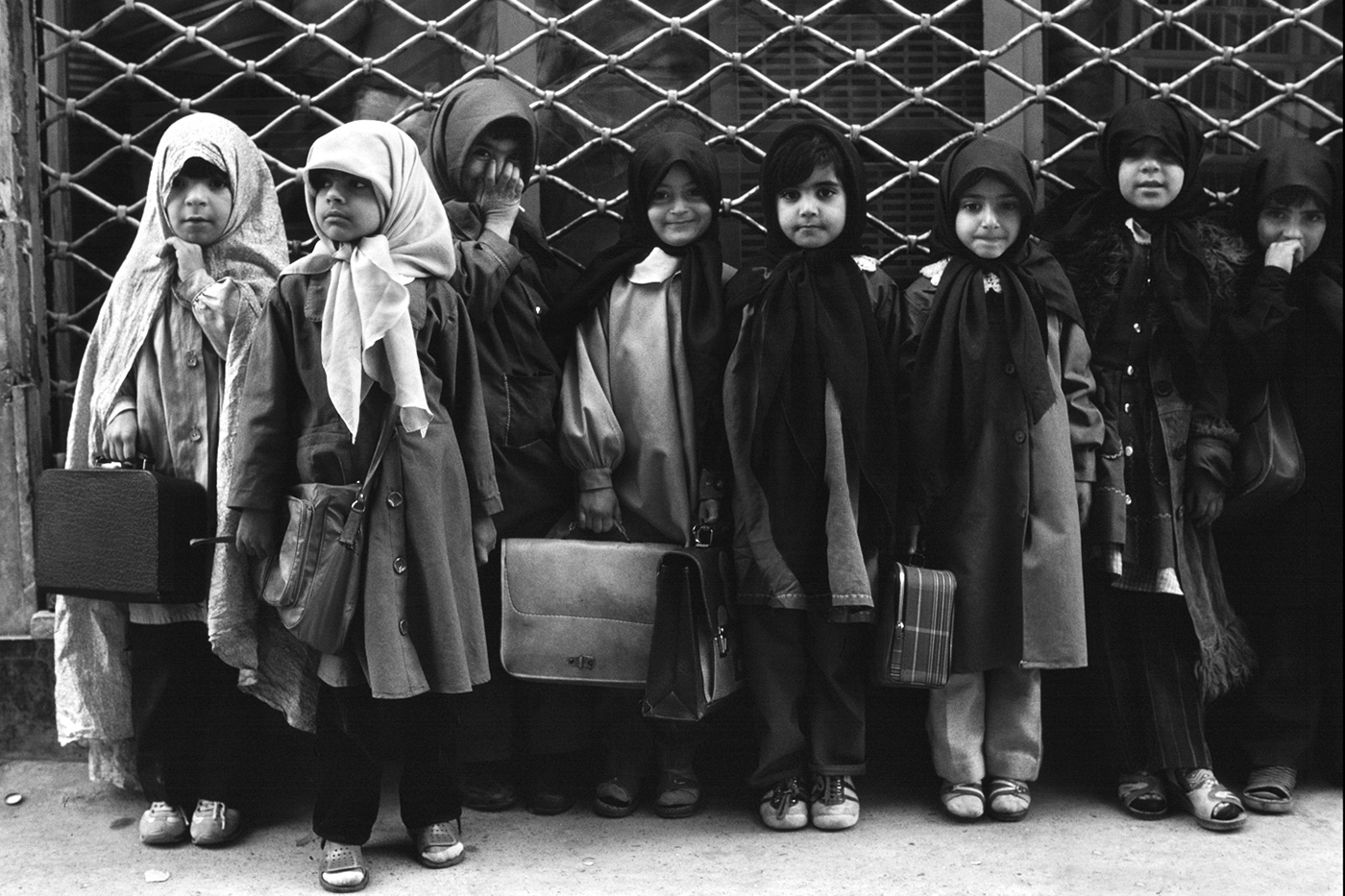
Before the revolution the literacy rate for women in Iran sat at just over 35%. Access to higher education was limited and less than a third of college-aged women attended university. After the revolution Khomeini denounced this state of affairs as a source of ‘national shame’ and commanded that the country be ‘turned into a school’. Over the following years the government sponsored a massive literacy program alongside an expansion of primary and secondary education. When the regime reopened public universities in 1983 it also approved a network of private universities known as the Islamic Azad – branches of which appeared in almost every town and city. As Alex Shams wrote in Women, Islam and Education the enforcement of islamic dress codes, and the reversion back to gender-segregated classrooms, provided reassurance to the patriarchs of many conservative families who would not otherwise have allowed their daughters to pursue higher education.
“the veil is a specifically public form of dress, and its normalization as a national dress code was critical for women from more religious families to enter the public sphere.”
In the first decades following the revolution this combination of policies vastly improved access to education for women in Iran. By the mid 2000s the literacy rate among women had reached more than 95% and, as of the 2020s, the majority of Iran’s university students are women.
Over that same period the Islamic Republic also softened its stance toward pre-Islamic history. Not long after the death of Khomeini representatives of the regime began to participate in ceremonies that had more nationalist overtones. Iranian officials also began to speak about the importance of persevering national heritage. In 1991 Iranian President Ali Akbar Hashemi Rafsanjani paid a visit to Persepolis and added his endorsement to the guest book:
“In the name of Allah, the merciful, the compassionate. Visiting the incredible remains at Persepolis provokes considerable national pride in every individual. By seeing these remains, our people will discover their own capabilities and the cultural background of their country, and will believe that they will recover their historical role in the future to uphold upon this talent and foundation, the blazing torch of Islam to light the path of other nations”
In 2007 Iranian President Mahmoud Ahmadinejad – an Islamic hardliner and former member of Iran’s IRGC – made his own pilgrimage to Persepolis. A few years later Ahmadinejad’s administration also secured a loan of the Cyrus Cylinder from the British Museum. In a small ceremony attended by Iranian officials, Ahmadinejad stood beside the cylinder and placed a Palestinian keffiyeh around the neck of a man dressed as Cyrus the Great – praised by Ahmadinejad as the first king to worship a single god. Following the exhibition of the Cyrus Cylinder the Iranian government even considered reviving the tent city at Persepolis as a tourist attraction and, while that idea was swiftly shot down, the Iranian government did approve plans to restore and maintain many pre-Islamic archaeological sites across the country including 4.5 trillion rials ($11 million USD) to protect and preserve the rock reliefs at Bisotun.

But these gestures towards Iran’s pre-Islamic heritage did not signal some fundamental shift in the ideology of the Islamic Republic. In October 2016 tens of thousands of Iranians gathered at the Tomb of Cyrus in Pasargadae to celebrate Cyrus the Great Day and they took the opportunity to voice their dissatisfaction with the country’s religious authorities and corrupt government officials. The protestors chanted “Iran is our country, Cyrus is our father” and likened Khamenei to Ahriman – the Zoroastrian equivalent of satan. Needless to say this did not go down well with the authorities. Hundreds of protestors were arrested at the time – seventy of whom were given lengthy prison sentences. Every year since that gathering Iran’s Revolutionary Guards Corps has been deployed to Cyrus’ tomb to prevent a repeat of that demonstration.
And yet, despite crackdowns and repression, political unrest in Iran continues to grow. Anti-government protests in 2022 and 2023 brought hundreds of thousands of Iranians from all walks of life onto the streets. Public demonstrations even took place even in ‘Holy cities’ like Mashad and Qom. Unlike earlier bouts of unrest this time there were no counter-demonstrations by supporters of the regime.
When former Iranian president Ebrahim Raisi was killed in a helicopter accident last year the regime declared a four-day period of mourning but it didn’t seem like many Iranians needed that much time to come to terms with the loss of their president. In Tehran the joke was that Raisi’s pilot was the only martyr worth commemorating and the subsequent presidential election saw the lowest voter turnout on record. According to Iran’s Interior Ministry only forty percent of Iran’s eligible voters cast a ballot and almost a third of those ballots were believed to be invalid ‘protest votes’ for candidates vetoed by Khamenei.
But despite the risk of encouraging dissent the Iranian government can’t seem to resist the temptation to fall back on ancient nationalist themes – especially when hostility to the mullahs is growing. The old fixtures of Iran’s state propaganda – the martyrs of the Iran/Iraq war – are fading from memory and no matter how many new memorials and monuments the government commissions it’s obvious that the cult of self-sacrifice isn’t finding much traction with the younger generation.
Earlier this year when the Tehran’s city council announced that they intended to rename Tehran’s Bisotun street after the martyred Hamas leader Yahya Sinwar, the public backlash was so great they abandoned the name change.
Even the Great Satan, the United States, has lost some of its usefulness as a magnet for public outrage. For years the Iranian government blamed U.S. sanctions for the country’s economic circumstances but obvious mismanagement and corruption within the regime have muddied this simple narrative. Despite high levels of education and enormous reserves of rare minerals and crude oil, Iran’s economy remains on par with that of Vietnam.
One recent tragedy, in particular, has undermined a fixture of regime propaganda – the downing of Iran Air Flight 655. For decades the Iranian government used this event as evidence of U.S. contempt towards the people of Iran. But in January 2020, during a period of heightened tension between the two countries, the IRGC mistakenly shot down a Ukrainian airliner leaving Tehran’s international airport. For Iranians of a certain age that tragedy must have stirred up memories of Flight 655 but it also seemed to suggest that catastrophic errors are hard to avoid when military units are placed on high alert.
Likewise, in terms of its international reputation, the Islamic Republic has taken a beating in recent years. Once recognised as the centre of the ‘Axis of Resistance’ against Israel, Iran’s credibility has been undermined by Israel’s brazen assassination of prominent nuclear scientists, militia leaders and the regime’s own military commanders. These humiliating failures of internal security have only highlighted the Republic’s wider failure to muster any real response to Israel’s ongoing genocide in Gaza. Instead that task has fallen to the Houthis in war-torn Yemen – who, despite their almost non-existent economy and geographic isolation, have managed to blockade the Red Sea for the last two years.
Despite these cracks in the foundation there’s no guarantee that the Islamic Republic is going topple over anytime soon. Much more dysfunctional regimes have carried on for much longer periods of time without any dramatic upheaval. Instead political progress in Iran seems to be occurring one funeral at a time as the older generation of hardliners are replaced by slightly more pragmatic politicians. This changing of the guard might go some way to explain the recent shift towards more historically-inspired propaganda. In March this year the head of Iran’s military – General Mohammad Bagheri – recorded a Nowruz message from Persepolis where he praised the values of friendship and brotherhood that the Achaemenid Empire had supposedly stood for. A few months later he was killed in an airstrike at the outset of Israel’s twelve-day bombing campaign.
In the aftermath of that brief war billboards appeared in Shiraz featuring the famous relief at Naqsh-e Rostam of the Sassanid Emperor Shapur – only this time he was accepting the surrender of Israel’s blood-soaked prime minister Benjamin Netanyahu. The accompanying caption read: “Since the dawn of time, the pride of real men has brought the dishonourable to their knees.” A few days later a massive mural was unveiled in Tehran’s Vanak Square depicting the legendary Iranian hero ‘Arash the Archer’ firing a salvo of missiles at Israel while in Isfahan, an eight-meter high statue was unveiled which depicts the mythical hero, Rostam, slaying a dragon. Many foreign commentators were amazed that this sort of imagery would receive the Islamic Republic’s stamp of approval but these monuments and murals are only the latest examples of a nationalist revival that has been growing for years.
It’s hard to tell whether these attempts to rally around the flag actually resonate with the Iranian public. Either way it seems clear that the regime recognises that the old forms of propaganda aren’t having the intended effect.
The Iranian people have been waiting a long time to regain control of their lives but their patience appears to be wearing thin. The Islamic Republic might last another few years or it might another hold on to power for another decade but when this period of Iranian history is over it’s going to seem like a bad dream to those who lived through it.
On our way out of Kashan we stayed in a mud brick hostel on the outskirts of town run by a dark-skinned man named Kourosh who lived on the premises with his young family. At breakfast he gave Amy and I little wooden spinning tops as a parting gift. He set one buzzing on the tabletop. “Have you seen Inception?” He asked.
1. When U.S. President Donald Trump visited Israel to oversee the release of Israeli captives taken during the October 7 attacks, billboards in Tel Aviv proclaimed that ‘Cyrus has returned’.
2. In 1928, Karl Frisch, a modernist German engineer, proposed a new urban plan that was directly superimposed over the ancient city. This radial layout saw six wide boulevards cleared from the centre of the city connected by a ring road.
Notes:
Maryam Sinaiee (2025) – Public backlash stops plan to rename Tehran street after Hamas chief Yahya Sinwar
Assal Rad (2022) – The State of Resistance: Politics, Culture, and Identity in Modern Iran
Baqer Moin (2000) – Khomeini: Life of the Ayatollah
Ali M. Ansari (2014) – Perceptions of Iran
Pedram Khosronejad (2017) – Unburied Memories: The Politics of Bodies of Sacred Defense
Navid Fozi (2016) – Neo-Iranian Nationalism: Pre-Islamic Grandeur and Shi‘i Eschatology in President Mahmud Ahmadinejad’s Rhetoric
Maryam Dezhamkhooy et al. (2018) – The Politics of the Past: The Representation of the Ancient Empires by Iran’s Modern States
Stuart C. Brown (2014) – Ecbatana
Mohamad Tavakoli-Targhi (1999) – Contested Memories of Pre-Islamic Iran
Golnar Mehran (2025) – Islamization and Politicization of Social Sciences in Iranian Schools
Alfred Yaghobzadeh (1979) – Iran’s Post Revolution
Taghreed Alqudsi-Ghabra et al. (2014) – Children in the Muslim Middle East
Alex Shams (2019) – Women, Islam and Education in Iran
Peter Edwell (2025) – Israelis are hailing Trump as Cyrus returned – but who was Cyrus the Great, anyway?

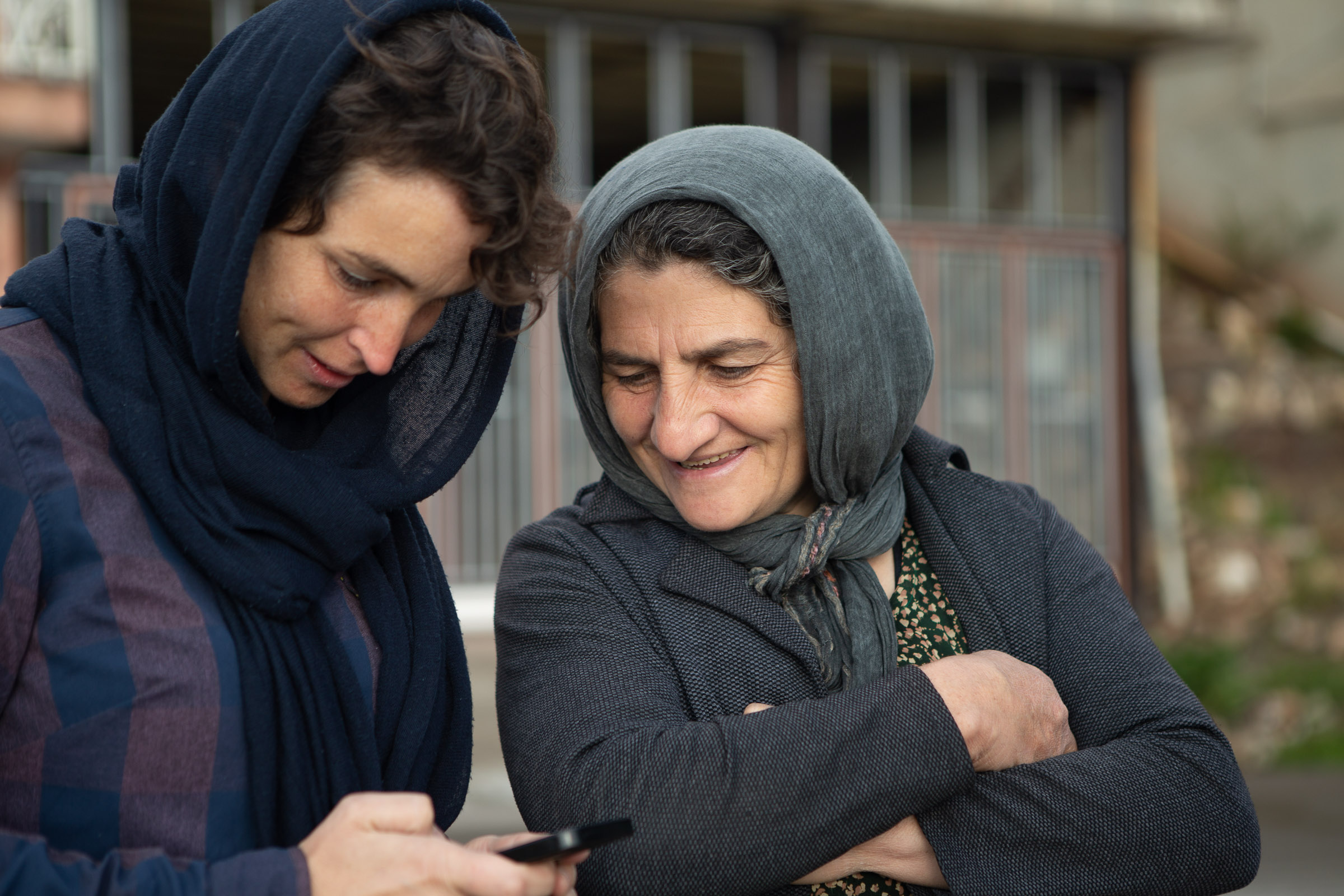
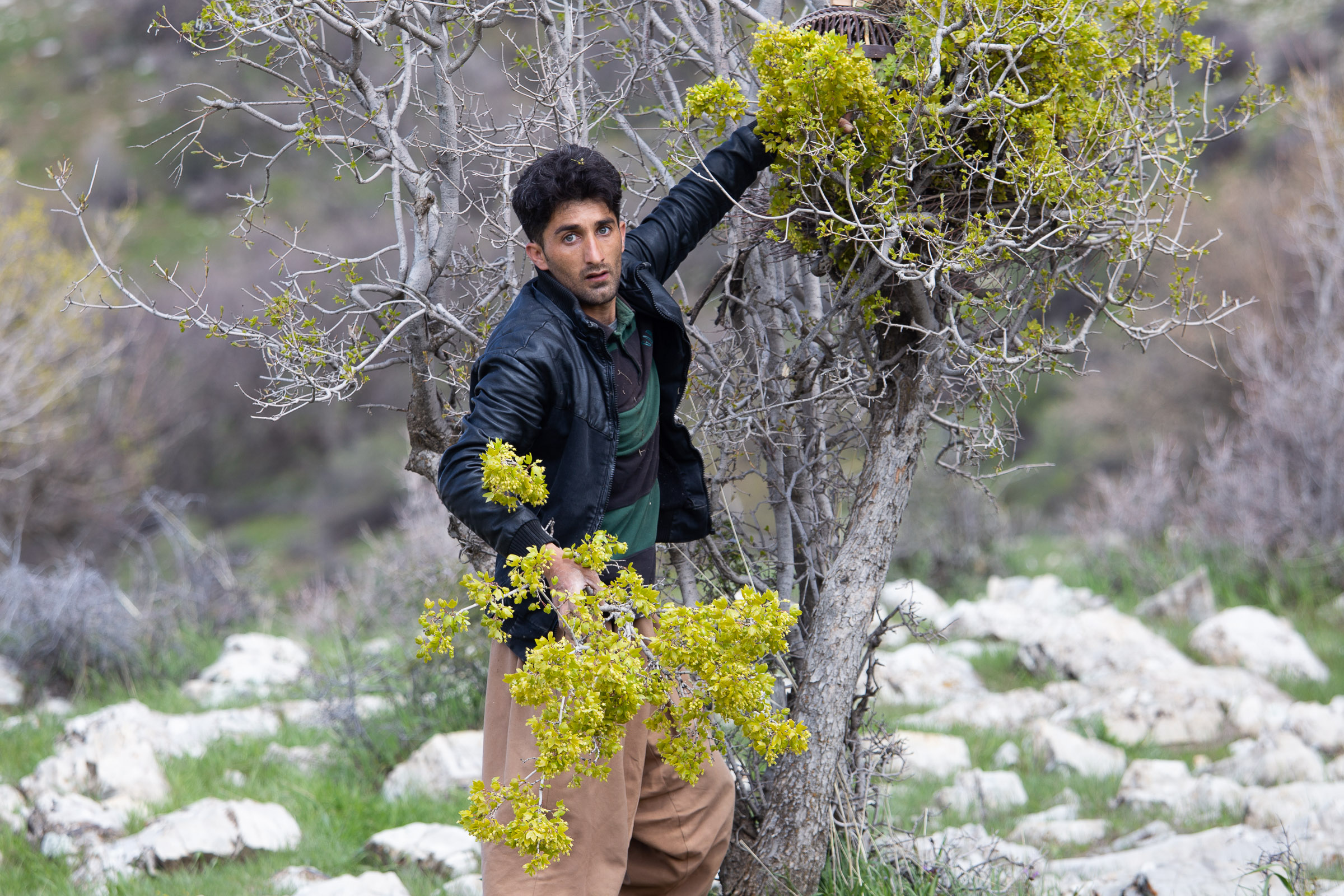


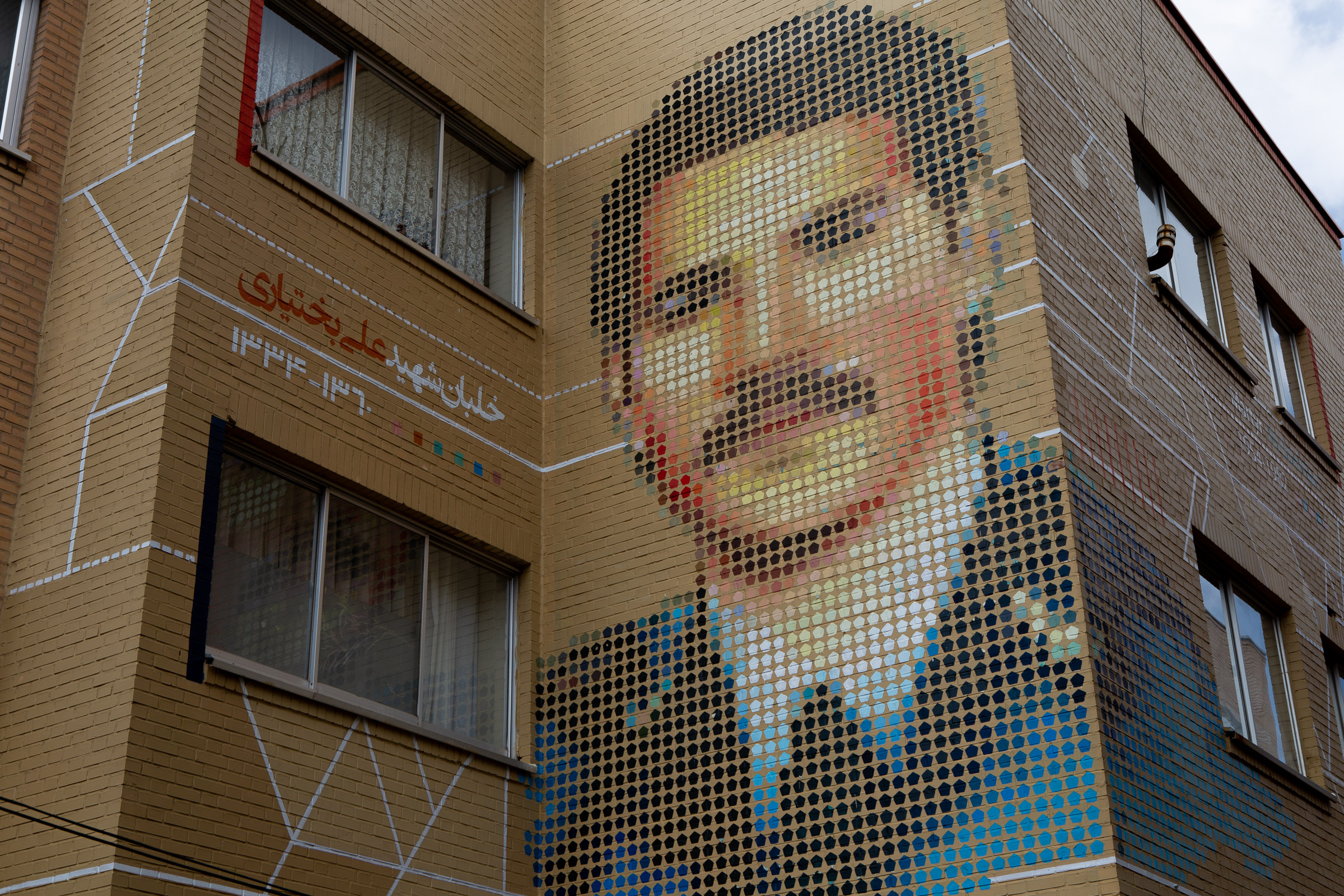
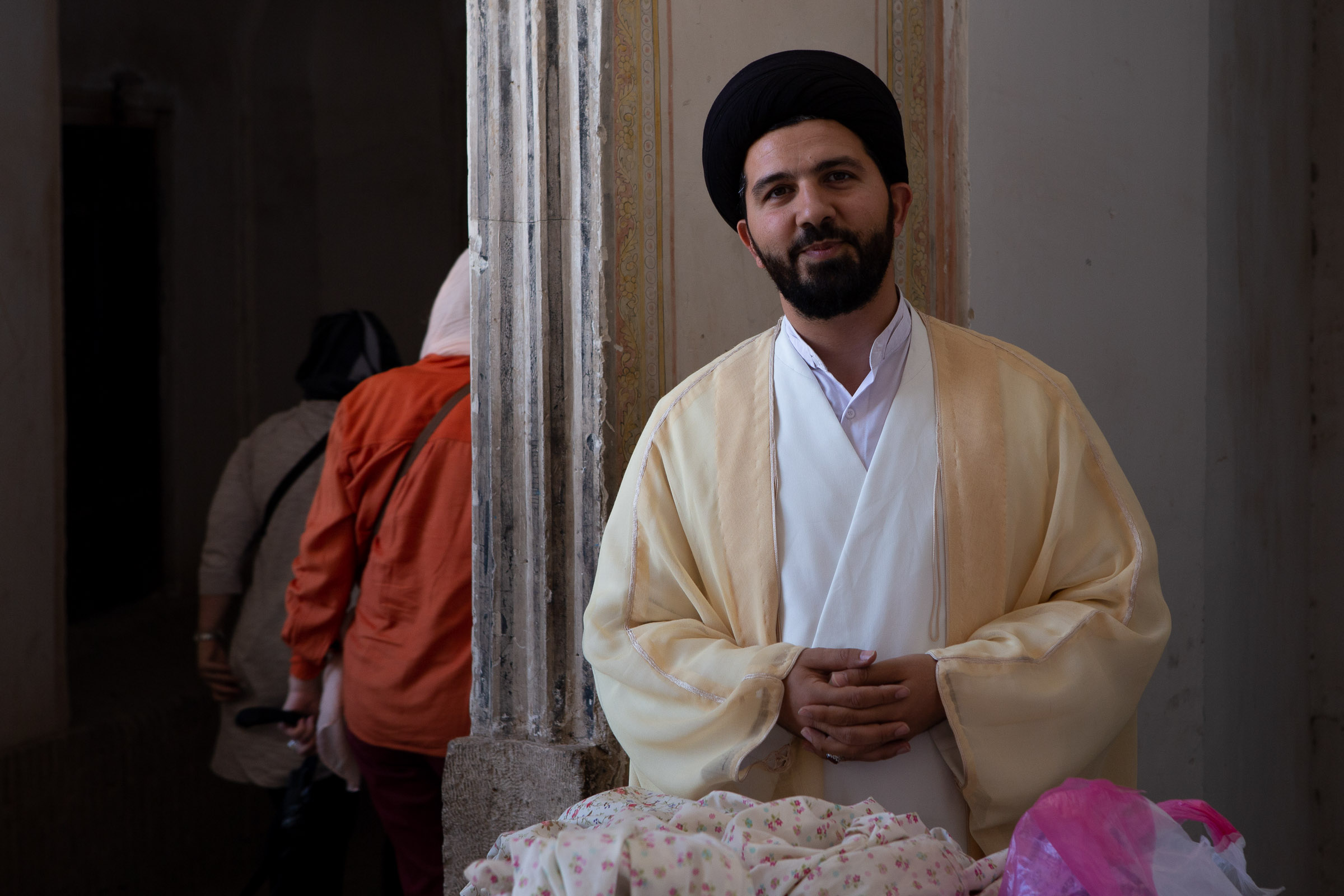
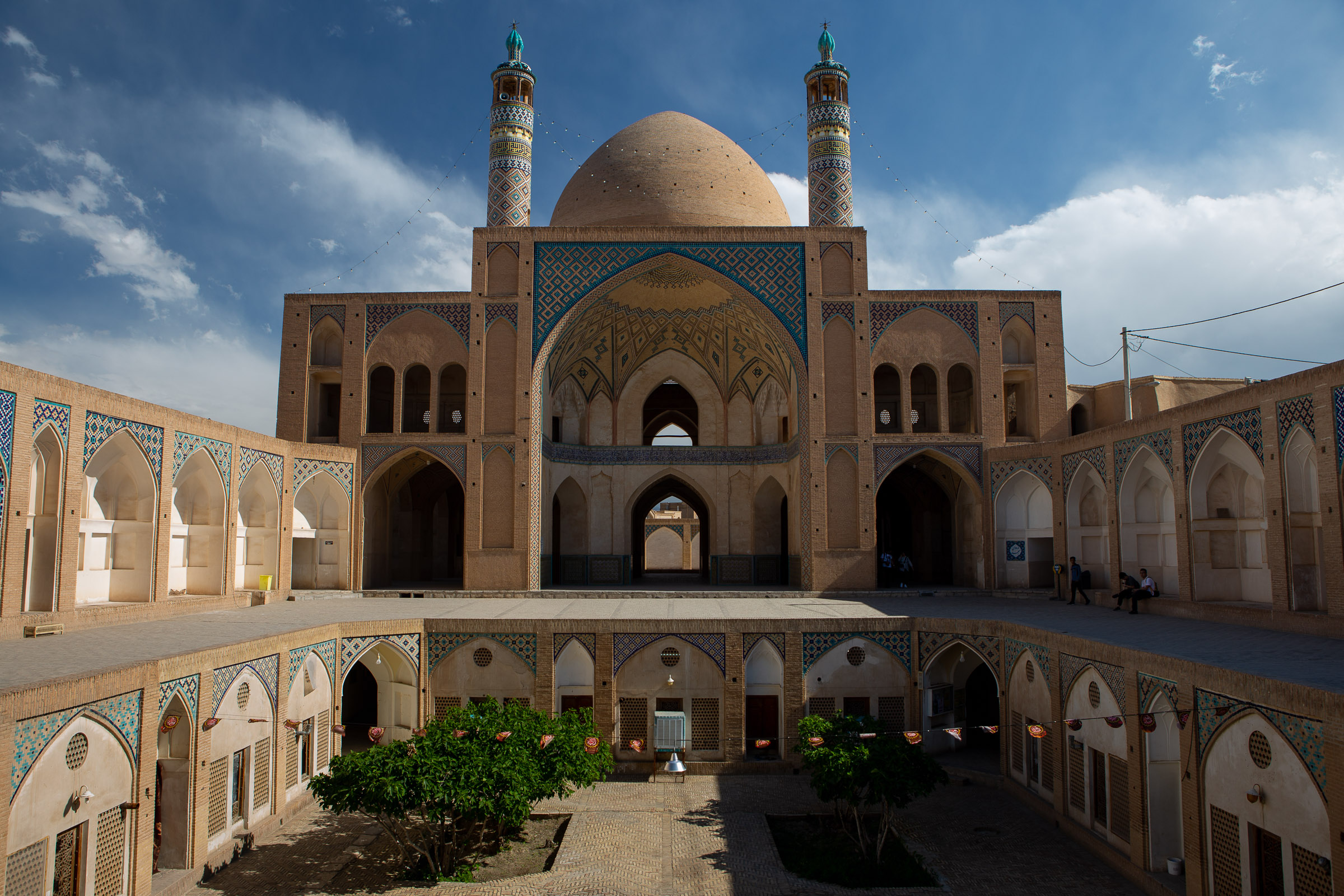

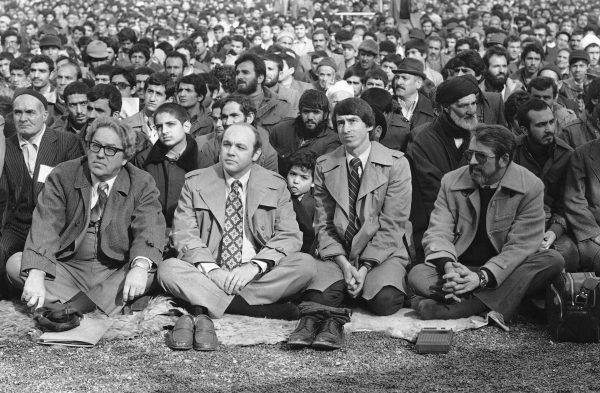
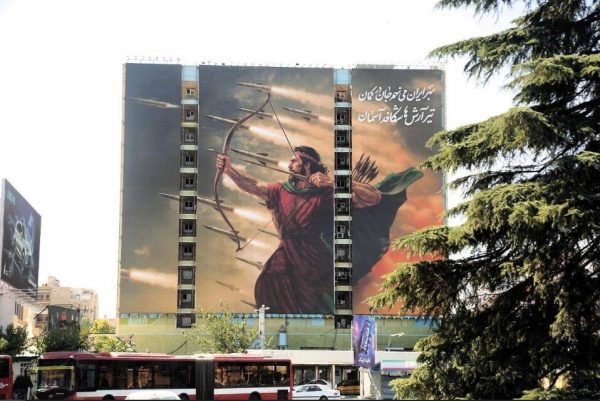
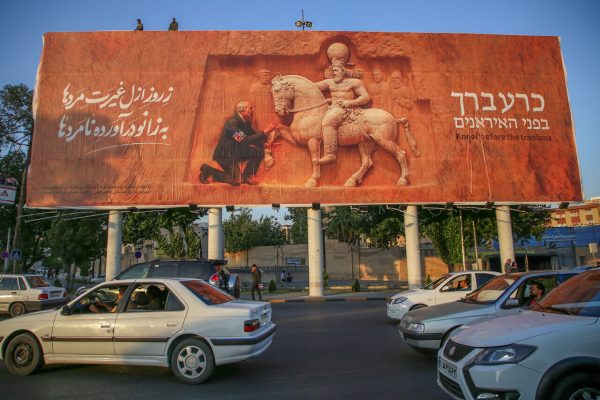
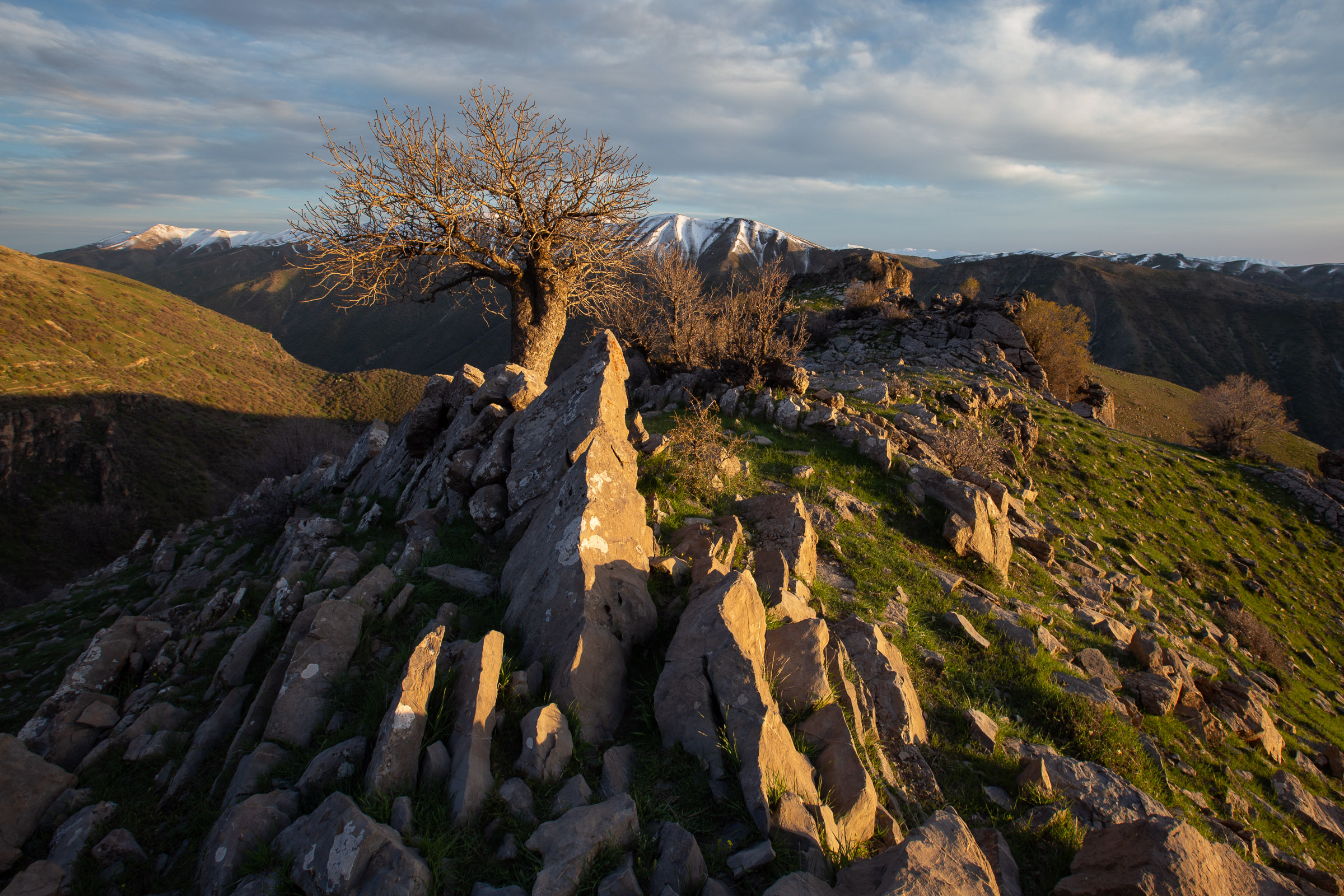
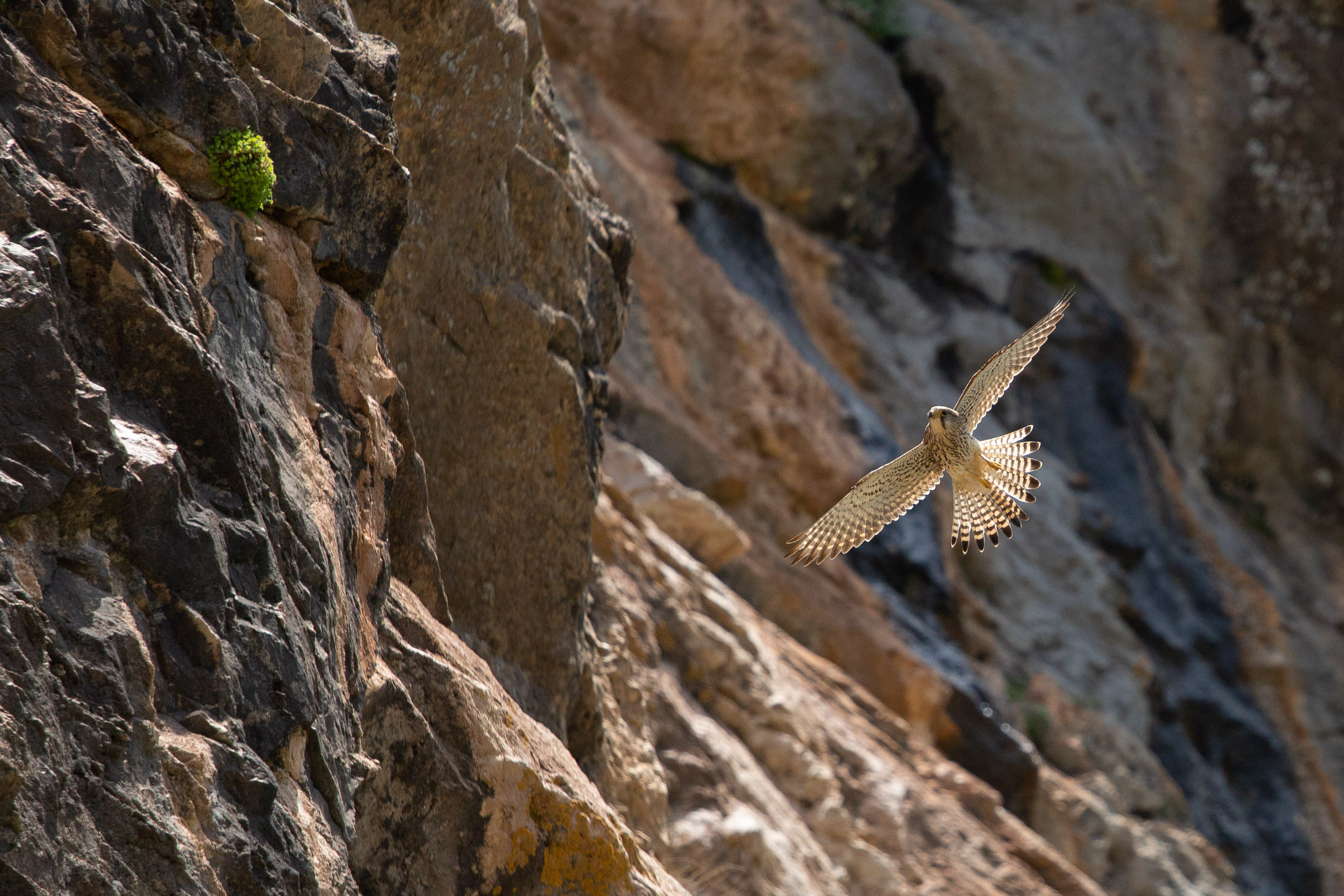
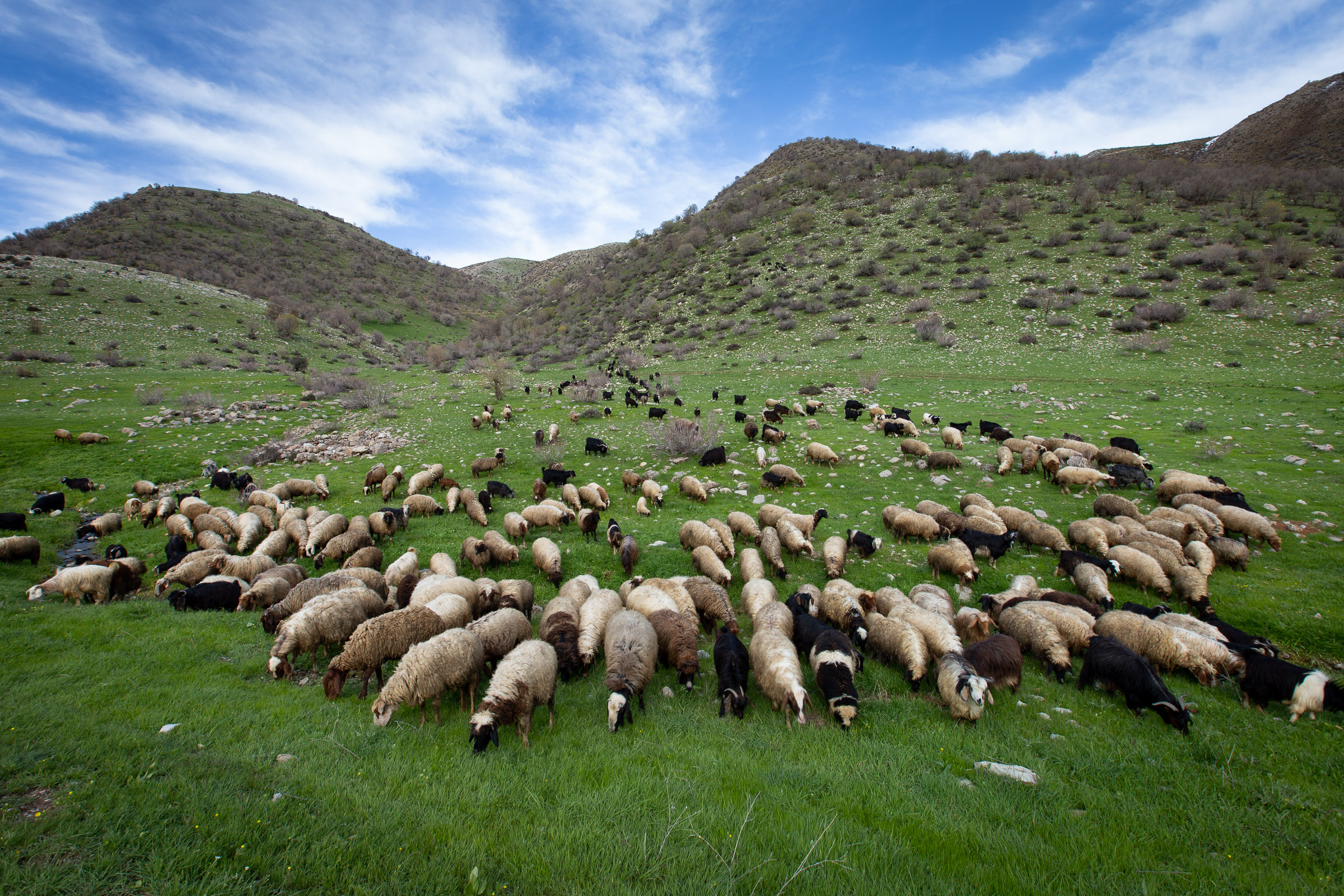

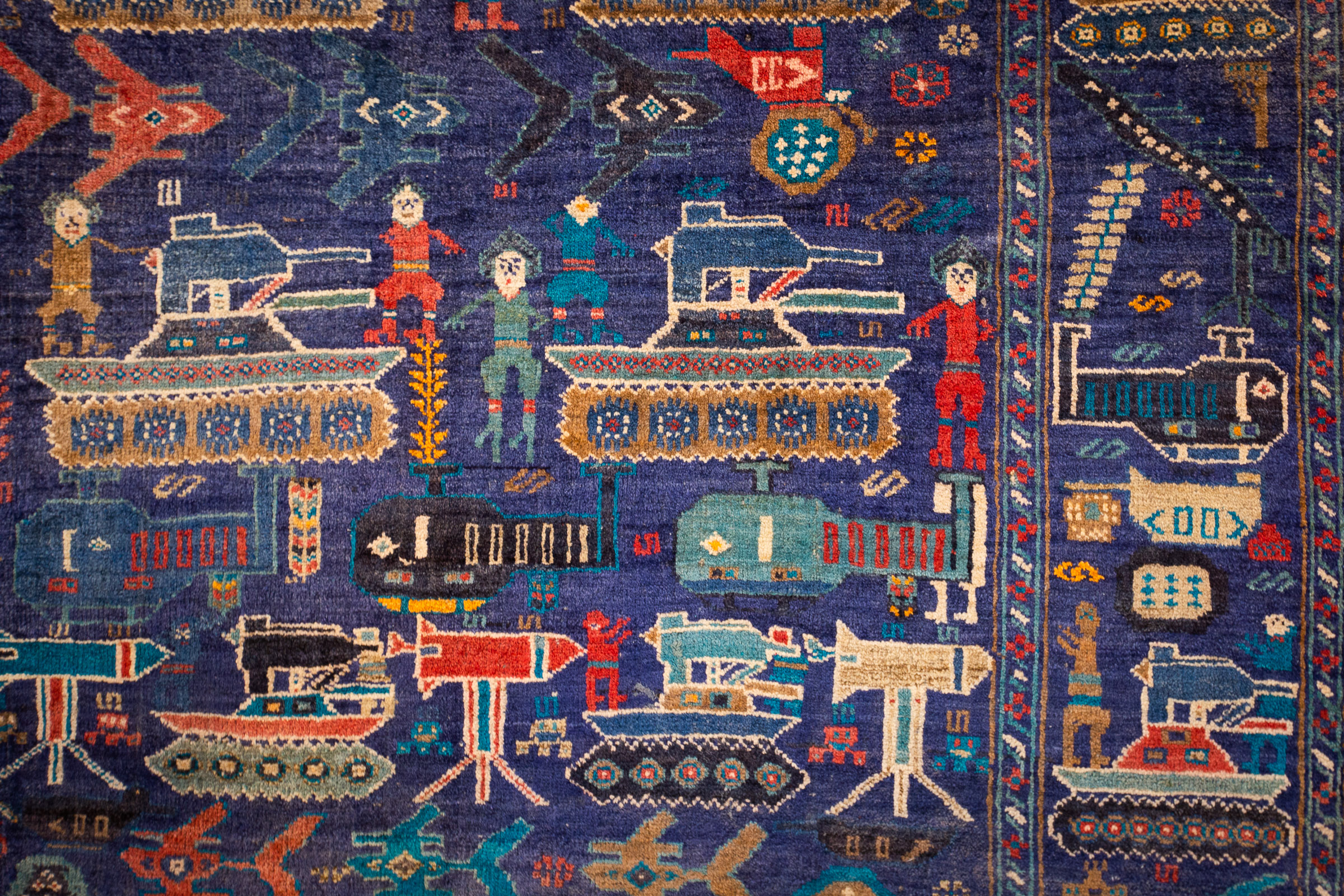
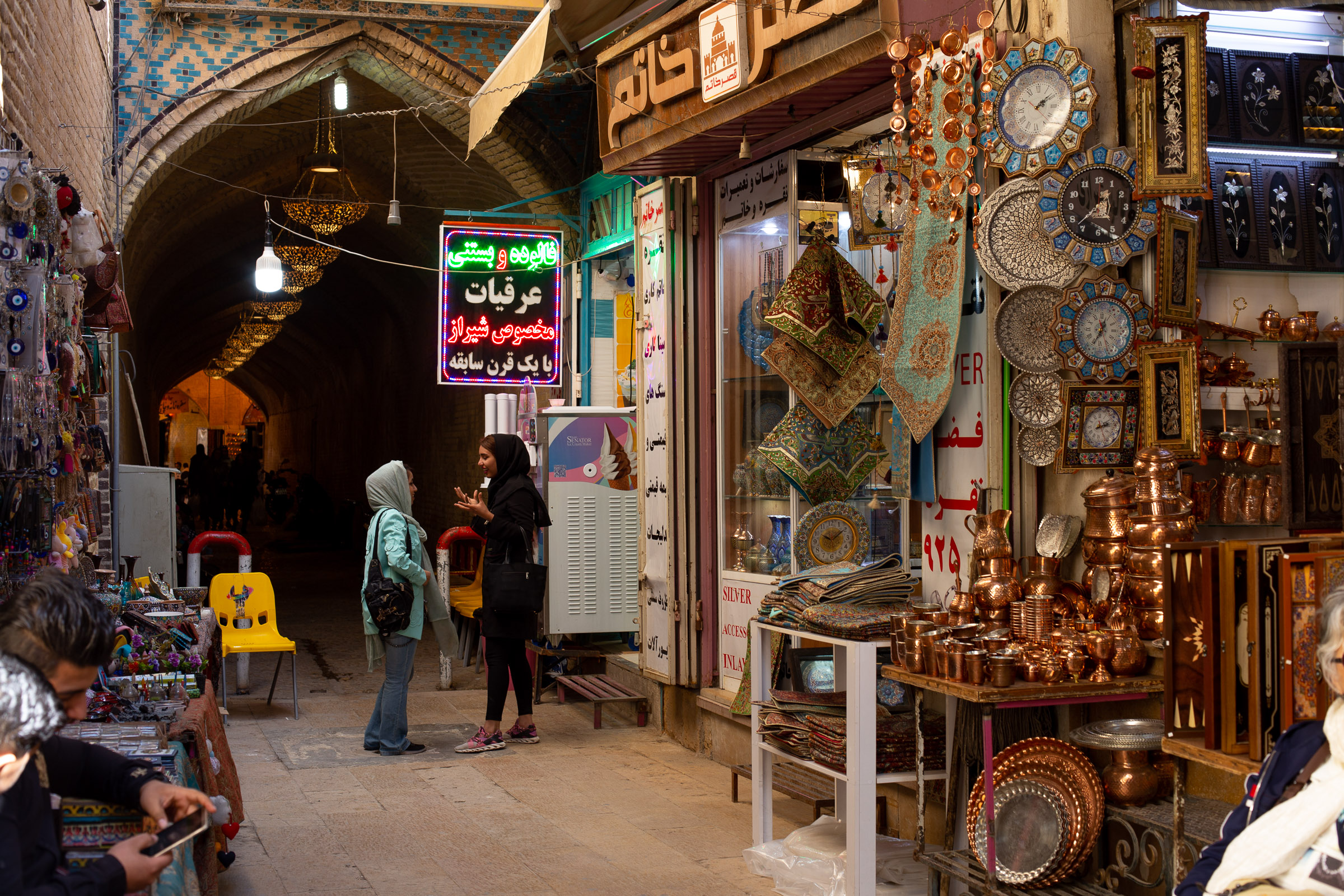


Leave a Reply